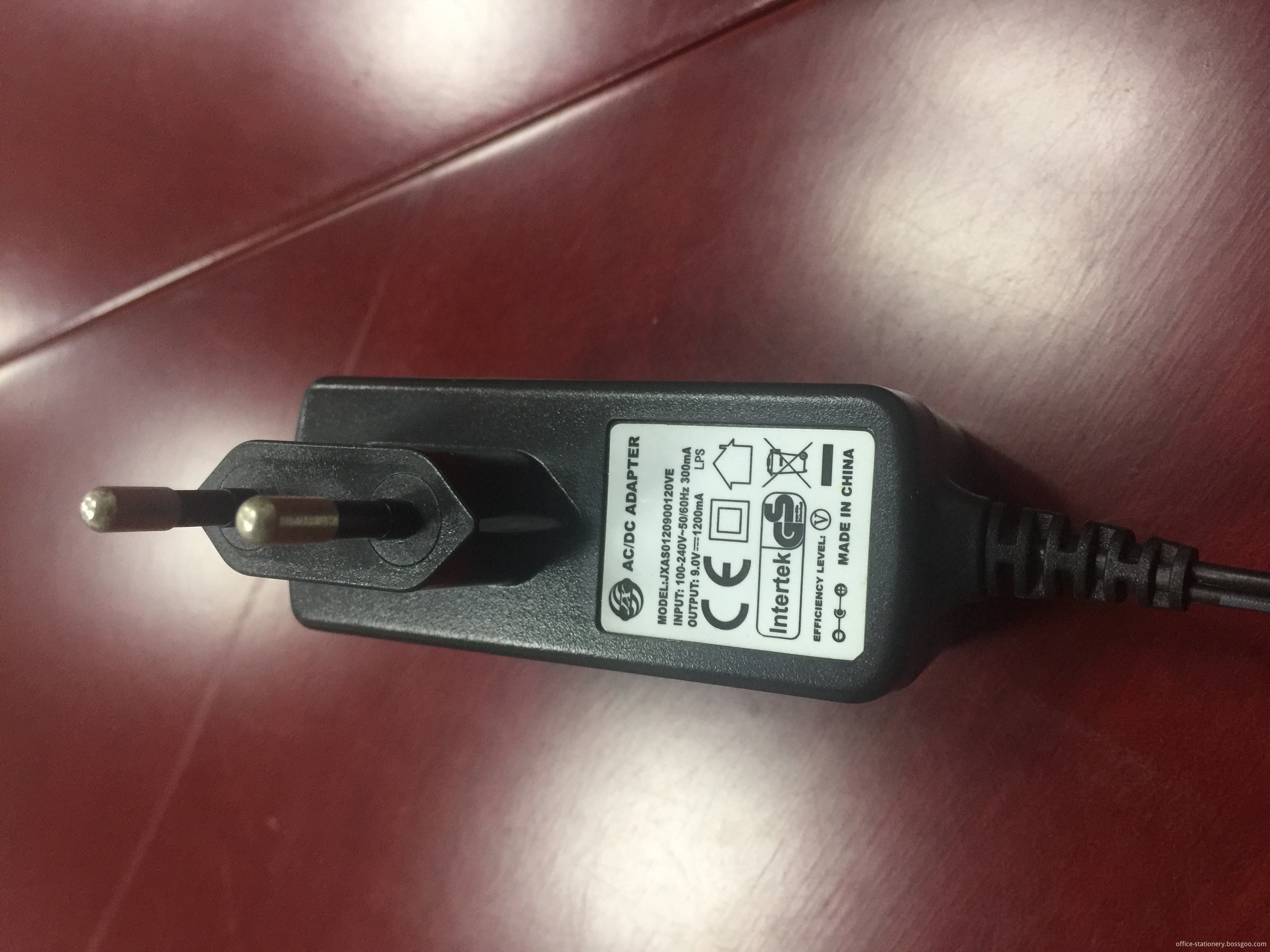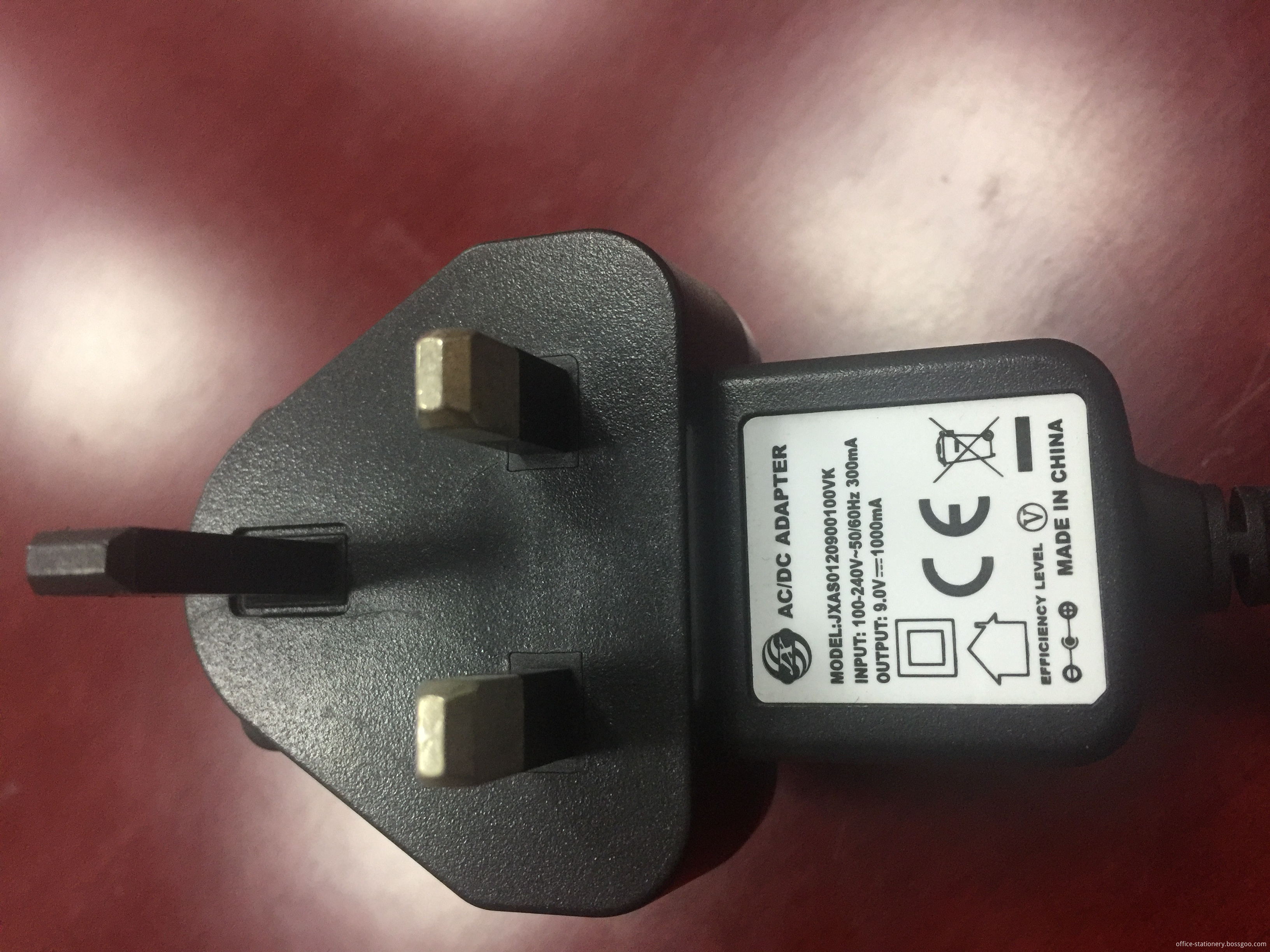Paper absorbency refers to the paper's ability to absorb ink. It is related to the absorption of low-viscosity components in the ink by the capillary pores of the paper and the penetration of certain components of the ink into the paper. It affects the quality of the print. One of the important factors. Paper absorption process
We are
professional manufacturer for electronic Stationery and AC power adapter since 1993, Providing
one-stop solution from design, R&D, Quality control, mass production,
Export etc., our key partner are staples, Essetle, Acco and so on, Technology
and production is best for you. License:
ISO9001,ISO14001,Reach, Rohs, CE,UL,FCC,SEDEX.BSCI
We can make all adaptor for worldwide, US, Canada, UK, EU, AU, China and so on, from 5V to 24V. we have mould and injection moulding workshop for surface design.
Paper ink absorption is not only related to the looseness of the paper and the condition of the capillary, but also related to the surface properties of the paper fiber, the content of the filler, the pigment, the rubber material, the composition and characteristics of the ink, the printing method, the printing pressure and other factors. In actual printing, the absorption of ink by paper can be divided into two stages.
The first stage is the imprinting moment of the printing press. The part of the ink transferred to the surface of the paper is pressed into the larger pores of the paper by the effect of the printing pressure. That is, the entire ink (including the pigment in the ink) enters into the pores of the paper. This process is generally called Pressure infiltration phase. At this stage, the absorption of ink by paper depends mainly on the size of the printing pressure, the structure of the paper, and the viscosity of the ink. If the printing pressure is large or the structure of the paper is loose, the ink absorption ability of the paper will also be stronger. In general, printing paper with loose structure, such as newsprint paper, letterpress paper, and other non-coated papers, should have lower printing pressure and lower ink viscosity. For papers with tightly printed structures, such as coated paper, the printing pressure can be appropriately increased and the ink viscosity can be slightly higher.
The second stage is to leave the embossed area from the paper until the ink is completely dry. This stage mainly relies on the capillary action of the paper to absorb the ink, which is called the free-penetration stage. At this stage, the binder is separated from the ink as a whole, and passes through the rough surfaces of the small pores and the paper fibers, entering the interior of the paper at a relatively slow speed. Therefore, this process is actually a process in which the binder migrates from the ink to the pores of the paper. Since the binder is separated from the ink, it will change the nature of the conjunctiva that remains in the ink on the paper, and the fixation and drying of the ink must also be in the process. carry out. At this stage, the rate of absorption of ink by the paper determines the glossiness of the printed matter, and whether or not overprinting, chalking, etc. will occur. When the ink is transferred to the paper, as time goes on, the low molecular weight binder (solvent) will begin to penetrate into the paper layer, so that the solvent content in the ink layer on the paper surface will decrease and the viscosity of the ink will increase. Ink condensation occurs.
The absorbency of paper depends on the number of paper capillaries and the size of the capillary diameter. Paper is a porous material. There are many unequal gaps between the fiber and fiber inside the paper, between the fiber and the filler, and between the pigment particles. These gaps are equivalent to a lot of capillaries. Under the action of these capillaries, the binder in the ink can be absorbed, and the thicker the diameter of the capillary, the faster the ink can be absorbed. Therefore, the pore structure of the paper determines its ink absorption.
The looser the paper, the bigger the porosity and the stronger the ink absorption. For example, newsprint is loose and has strong ink absorption. Therefore, the ink transferred to newsprint is fast and fast, which is conducive to the improvement of printing speed. Coated paper is not as loose as offset paper. The porosity is not as large as that of offset paper. However, the fixation of ink during printing is not necessarily slower than that of offset paper. There are two main reasons. First, the amount of ink supplied for coated paper is small; The second is that there are innumerable small capillaries between the pigment particles attached to the coated paper surface. The absorption capacity of many small capillary tubes is much larger than that of a few coarse capillary tubes. In addition, the absorption selectivity of the coated paper to the binder is very strong, allowing the low-molecular components with strong flowability in the binder to penetrate into the paper, and the polymer components in the binder still remain in the ink layer, so the ink layer can be improved. Firmness and gloss. 

Power Ac Adaptor,Power Ac Dc Adaptor,Power Ac Adaptor 12W,Power Ac Adaptor 60W
Ringsun Holding Ltd , http://www.ele-office.com